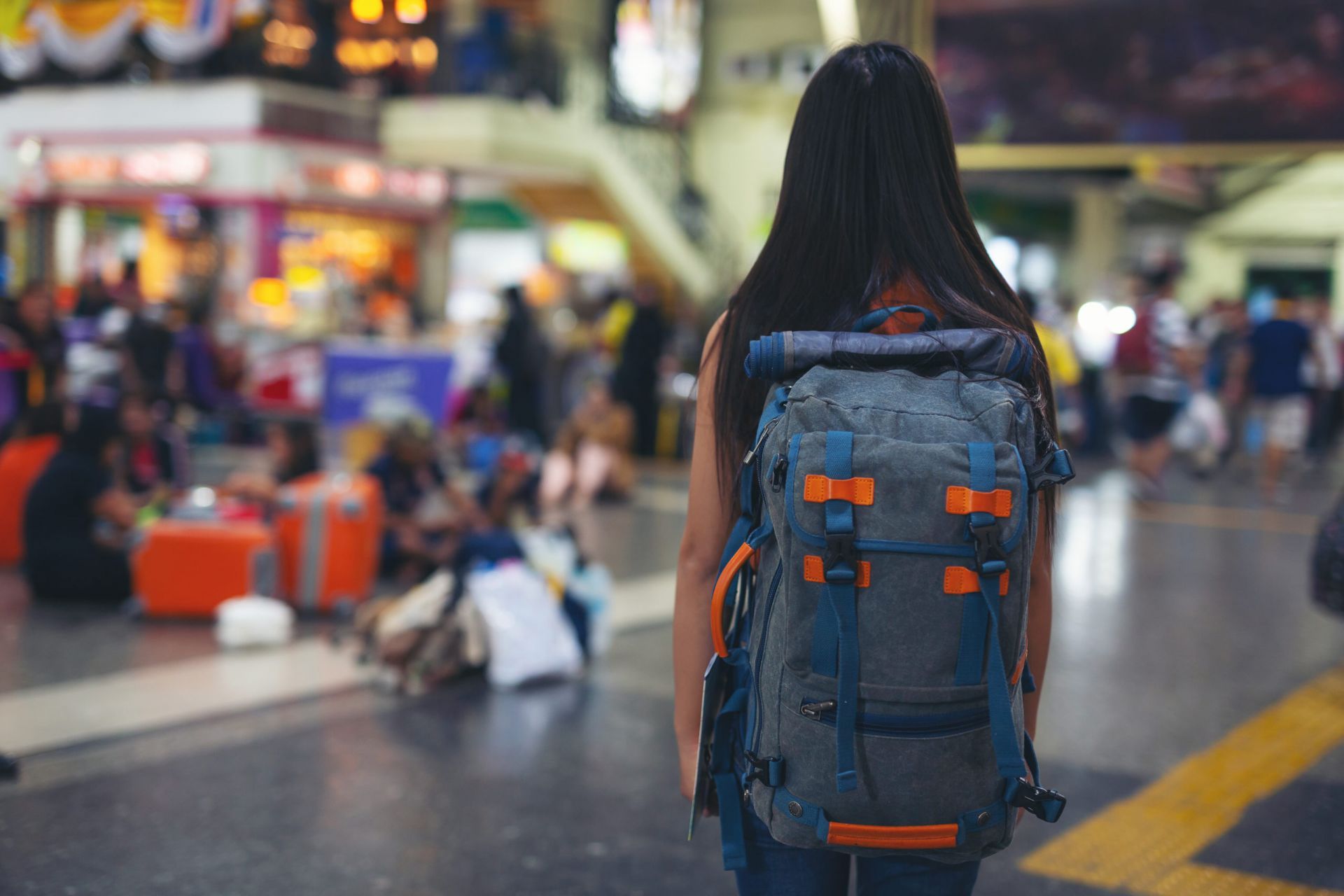Articles
Assessing the (lack of) visibility of migrants and refugees in the media of the host countries
18 May, 2023

By Anabela Mateus and Ana Cunha from Lusófona University
The main objective of the SEHEME project is to help the integration of young migrants and refugees into the society of the host country by making their voice heard. There are several factors involved in this integration process, among which we can highlight language barriers and the way people in the host country perceive these young migrants and refugees.
Through the development of a Foreign Language for Media Literacy e-course, the SEHEME projects intends to help young migrant and refugees to find a way to communicate better with the people in the host country and at the same time they will be able to increase and improve their language skills, which ultimately can also enable them to find a job and become fully integrated into the host country.
The young migrants and refugees involved in the project will also create an online magazine named “Home & Away” which will be an opportunity for them to show what they have learned from the course. The magazine will include different sections focusing on different areas of interests and is an opportunity for them to have their voices heard on the press.
Since the perception of young refugees and migrants by the host country population is so determinant for the opportunities they are given in terms of integration, the SEHEME project developed an Evaluation Toolkit to analyse their participation in the media of each of the partners’ countries. A number of criteria has been established, namely: press coverage, social media coverage, human visibility, facial visibility, under-represented groups, religious affiliation, and context. A grading system has also been developed to be used for each of these criteria based on the Likert scale.
For each of the criteria, each partner selected articles in their national context (press coverage), on social media pages such as Facebook, Twitter, Instagram (social media coverage) and searched for words that refer to negative portrayal/stereotyping of migrants. They also identified 10 images in their national context that are related to migrants where people are present (human visibility) and 10 images where they indicated whether human faces are clearly seen or not (facial visibility). Another set of 10 images was selected and for each image the partners indicated whether women or children are depicted (under-represented groups). Another set of 10 news articles was used by the partners to identify references to migrants’ religion (religious affiliation), and finally there was another set of 10 images to identify the context in which migrants are depicted, that is, “integrated” or “not integrated”.
With the development of this toolkit, the partners will have valuable information on the kind of media representation migrants and refugees have in their own countries that will also help to understand how this shapes the way people see and think about receiving immigrants and refugees in their own countries.
